Blinded by the wind and stung by the cold, we set up our camp as the day grew dark around us. The two of us had snowshoed to Dogsled Pass, deep in the Talkeetna Mountains of south central Alaska. We hoped to explore nearby alpine valleys over the next two days.
Despite the uncooperative weather, we were not disappointed — to see Alaska in the winter is to see the real Alaska.
Snowshoeing is unlike regular hiking. Everything is heavy, from the extra insulating layers to the snowshoes themselves. Movement is slower, more deliberate. And risks like avalanches and hypothermia have to be considered.
But despite the challenges and risks, snowshoeing opens up an entirely new world for outdoors enthusiasts. Terrain considered impassable during the summer — such as muskegs, bogs, and boulder-fields — becomes traversable when everything is frozen or buried in snow.
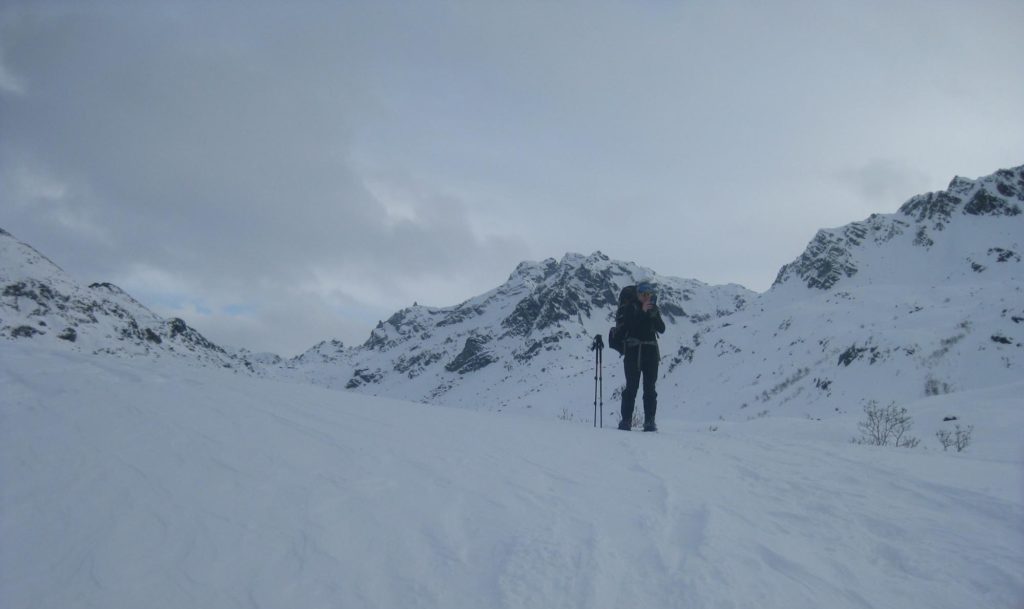
While walking in snowshoes is an acquired skill, once you get used to wearing clown-sized shoes, walking over even the deepest, most powdery snow feels like gliding.
Imagine a snow hike without post-holing into snow drifts every few steps. And most modern snowshoes, like the MSRs we wore, have spikes on the bottom, so walking on ice becomes trivial. While modern snowshoes may lack the iconic look of vintage snowshoes, the modern ones are lighter, narrower, and stronger.
The area of the wilderness that my cousin, Esther, and I chose to visit last winter is notoriously rough. In 2018, a Russian hiker went missing, presumably dead, only a few miles from where we set our snow camp. The wilderness is always indifferent to people, and winter adds a new dimension to that calculus.
The Hatcher Pass area is an iconic hiking destination in all seasons. From the Independence Mine State Historical Site to the towering granite peaks that dot the region, the Southern Talkeetnas are a magical place. There’s even a crashed TB-29 Superfortress on a nearby glacier.
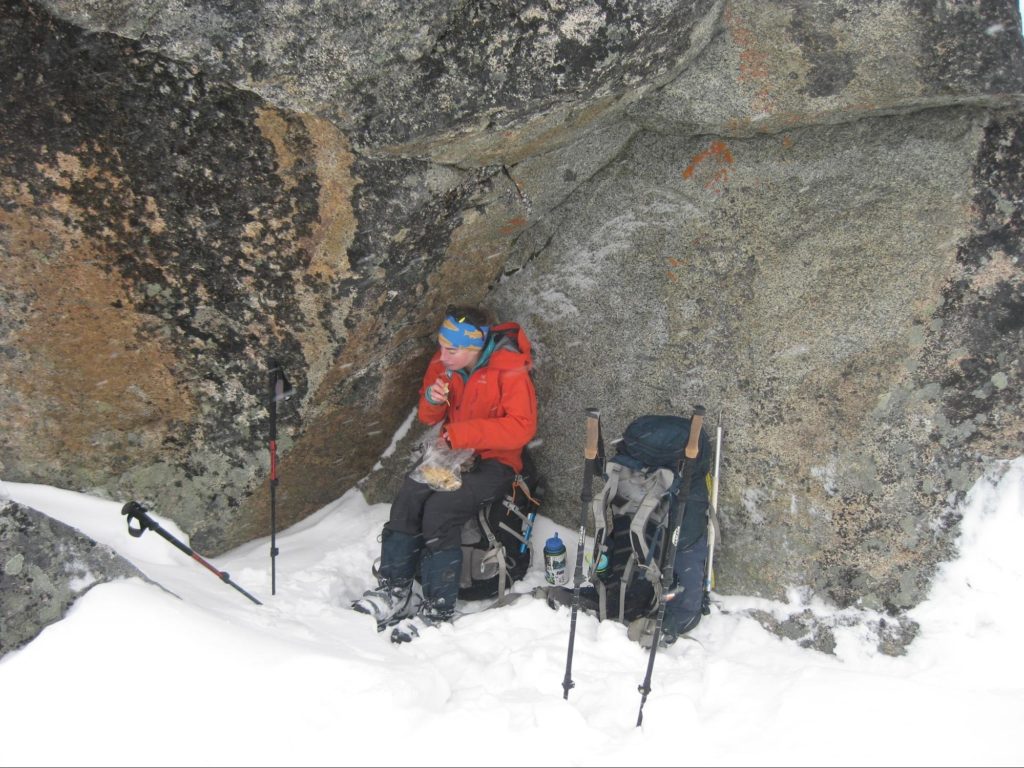
Our route took us from the Independence Mine over Hatcher Pass (not easy with the full weight of a winter pack!), then north up Craggie Creek. Dogsled Pass, where we camped, separates the headwaters of Craggie and Purches Creeks.
From there we snowshoed the upper rim of Purches Creek to the headwaters of Peters Creek. Here’s a warning: walking in snowshoes is … unique. It forces you to take very wide steps, and doing so repeatedly over so many miles caused me quite a bit of knee pain.
A doctor later informed me that I had managed to pull my patella sideways. It was painful, but not enough to stop me from walking.
The lesson? Ease into snowshoeing. I pushed too hard too fast and got hurt. Build your strength over time, preferably by doing day trips instead of extended expeditions. A day pack weighs little and causes a lot less strain, whereas a pack for a winter overnight trip is quite heavy.
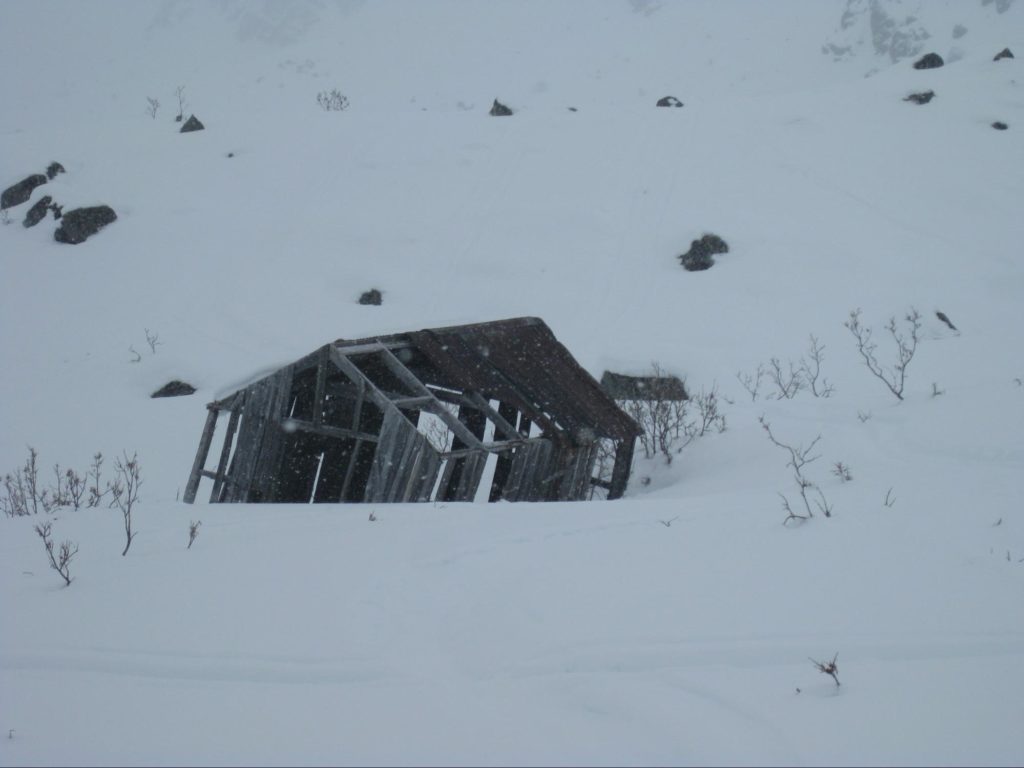
And as usual for winter excursions, dress in layers, manage your temperature well, and drink lots of water! Proper hydration aids in temperature regulation. I’m a fan of hydration bladders for hiking, just make sure that the outlet hose does not freeze.
As a general safety rule for winter hiking, carry some sort of emergency beacon device, as well as extra layers.
For a new snowshoer, try to find a flat, scenic trail and keep things moderate. Walking with all that extra weight on your feet takes acclimation. As a rule, avoid snowmachine trails (snowmobile trails, in the lower 48) to make sure you don’t get run over. One of the big perks of wearing snowshoes is that you are not forced to stick to the main trail network.
If done right, snowshoeing is a wonderful experience. To see the world draped in snow is something special and very much worth the added effort.
This article was originally published Dec. 4, 2019, on Coffee or Die.

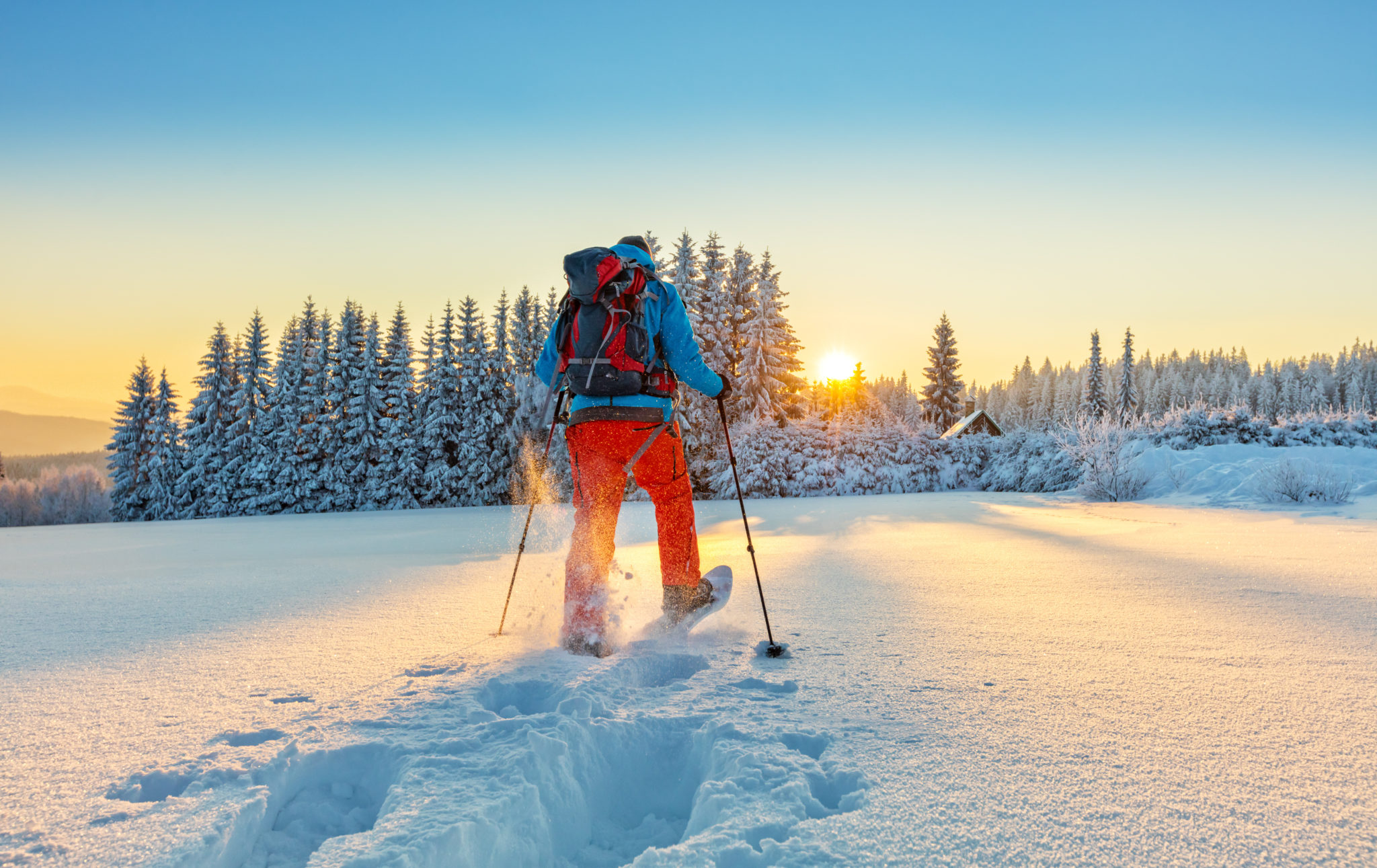


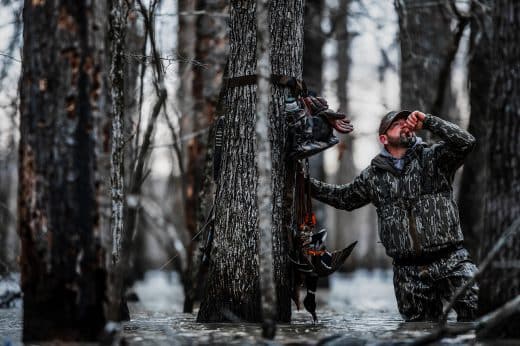
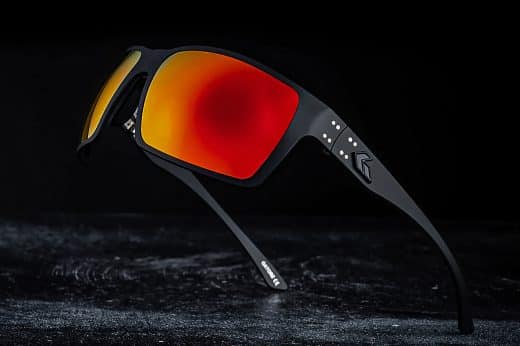


Comments